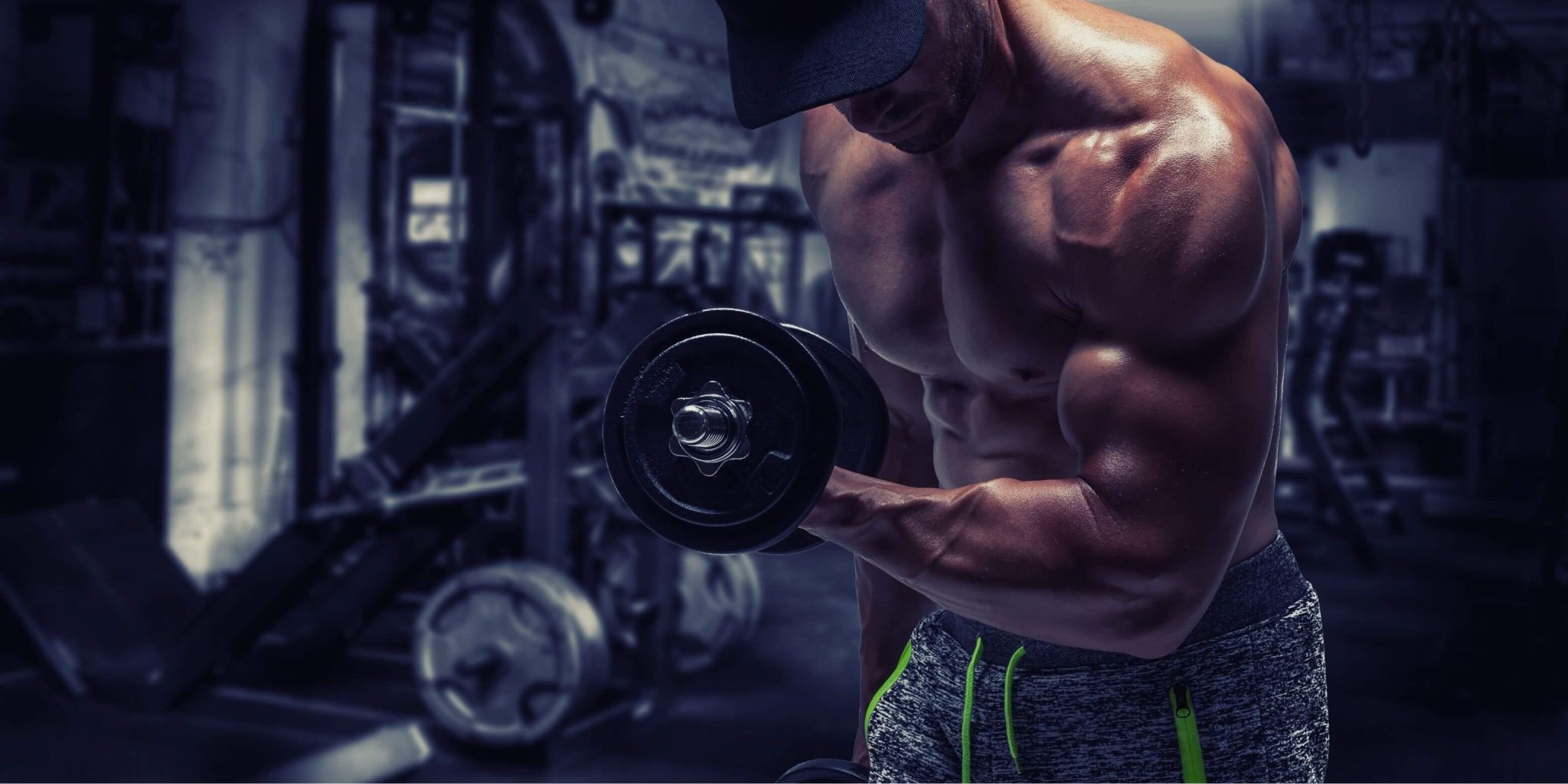

The Muscle Pump: A term that fitness enthusiasts are intimately familiar with. Once described by Arnold Schwarzenegger himself as “the greatest feeling you can get, even better than…” I’ll leave that to you to fill in!
A muscle pump occurs when a person lifts weights and their muscles become engorged with blood, making them appear larger and more toned.
Essentially, it refers to the temporary swell in muscle size and vascularity that you notice during an intense workout.
This phenomenon is a consequence of an increased blood rush to the muscles in activity, which cause them to expand and appear more defined.
The feeling is akin to a sense of fullness and a sensation of tightness within the muscles.

The sensation of having pumped muscles after an intense workout can be incredibly satisfying. But how long does a pump last? Typically, a good muscle pump can last anywhere from 3 to 12 hours, depending on various factors, including the intensity of your workout, your hydration and nutrition status, and individual physiological factors.
A muscle pump is the result of increased blood flow to the working muscles during exercise. This phenomenon occurs as a result of muscle contractions that force blood into the muscle fibers, causing them to swell or ‘pump.’ The body responds to this by expanding blood vessels, further promoting blood flow to the area. This increased blood flow is not just about aesthetics; it also plays a critical role in muscle growth and recovery.
The stimulation of muscle fibres contributes significantly to muscle mass increase. Compound exercises, which work multiple muscle groups simultaneously, are particularly beneficial for promoting a more profound muscle pump. These exercises maximise blood flow to the muscles, providing them with an optimal supply of nutrients for growth and repair.
In contrast, isolation exercises, which target a single muscle group, can also enhance the muscle pump by focusing the blood flow on a specific area. The continuous muscle contractions during these exercises promote blood flow, enhancing the muscle pump and contributing to muscle hypertrophy.
That said, it’s worth noting that sticking with the same workout routine can make your muscle pump less noticeable over time as your body adapts to the stress. To keep experiencing a good muscle pump, it’s essential to mix up your routine regularly, including different exercises and varying intensity levels.
For those seeking to enhance their muscle pump, certain supplements can be beneficial. Muscle pumping supplements often contain ingredients that increase blood flow, such as citrulline and arginine, providing an extra boost to your pump.
One innovative technique that’s gaining popularity for maximising muscle pumps is Blood Flow Restriction Training (BFRT). This method involves the use of bands or cuffs to restrict blood flow in certain muscles during exercise, leading to an intense muscle pump and potentially promoting muscle growth.
In conclusion, the duration and impact of a muscle pump differ depending on various factors, including workout intensity, hydration, nutrition, and individual physiology. Whether you’re striving for aesthetic appeal or seeking to boost muscle growth, understanding how to optimise your muscle pump can offer a crucial edge in your fitness journey.
While the muscle pump undoubtedly provides an aesthetic pleasure with your muscles appearing more toned and vascular, its benefits extend beyond the surface. Let’s dive deeper.
In the context of a workout, improved nutrient delivery implies that the enhanced blood flow, courtesy of the muscle pump, carries essential nutrients and oxygen to the muscles. This process is integral to promoting muscle growth and aiding speedy recovery post workout.
In addition to supplying nutrients, the increased blood flow also serves another critical function – the removal of metabolic waste from your system. As your muscles work, they generate metabolic waste products. The blood flow catalysed by the muscle pump helps in flushing out these waste products from your system, consequently reducing muscle fatigue and aiding in recovery. Understanding these factors can help you appreciate the deeper value of the ‘pump’ beyond the mirror.
Exercising isn’t just about building muscles or losing weight; it’s also about promoting a healthy blood flow, or what we often refer to as the ‘blood pump.’
Engaging in regular physical activity stimulates the cardiovascular system, causing the heart to pump more blood to accommodate the heightened energy and oxygen requirements of the working muscles.
One of the most significant advantages of the blood pump is the enhancement of cardiovascular health. Regular cardio exercises, from brisk walking to high-intensity interval training, fortify the heart muscle, making it more efficient at pumping blood throughout the body. This efficiency assists in lowering the risk of heart disease, high blood pressure, and other cardiovascular conditions.
Moreover, the blood pump also plays a crucial role in escalating endurance levels. The surge in blood flow during exercise ensures a more ample supply of oxygen and nutrients to the muscles. This efficient delivery system can significantly increase your endurance capacity, allowing you to perform better, whether you’re executing a rigorous workout or participating in a marathon.
The world of fitness also brings us to an intriguing phenomenon at the micro level – the ‘cellular pump.’
This event takes place right in the individual muscle cells, involving their expansion and an associated increase in intracellular fluid and enhanced nutrient uptake. While the cellular pump may sound like something from a biology textbook, it’s a critical aspect of muscle growth and strength.
One of the most immediate benefits of the cellular pump is a temporary increase in muscle size, often referred to as muscle hypertrophy. This occurs due to the influx of fluid into muscle cells, causing them to swell and appear bigger. While this effect is temporary, repeated bouts of training and the consequent cellular pumps can contribute to long-term muscle growth.
The expansion of muscle cells during a cellular pump isn’t just for show – it also offers functional benefits. The enlarged muscle cells have a greater surface area for nutrient absorption, enabling them to take in nutrients more effectively. This enhanced nutrient uptake is crucial for muscle repair and growth, helping you make the most of your workout. Recognising the benefits of the cellular pump can offer new insights into how we approach our fitness routines.